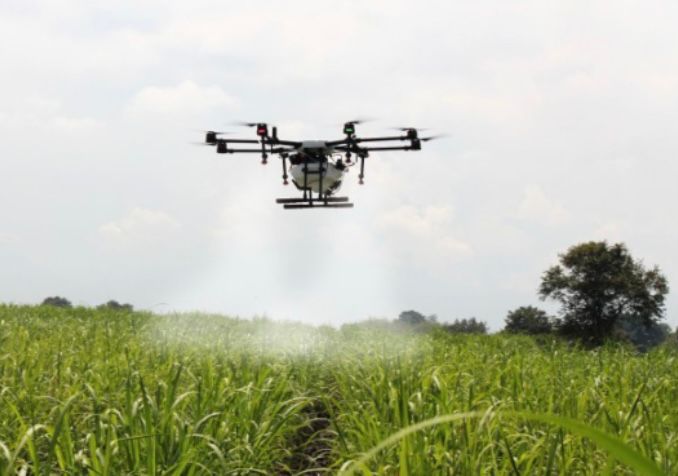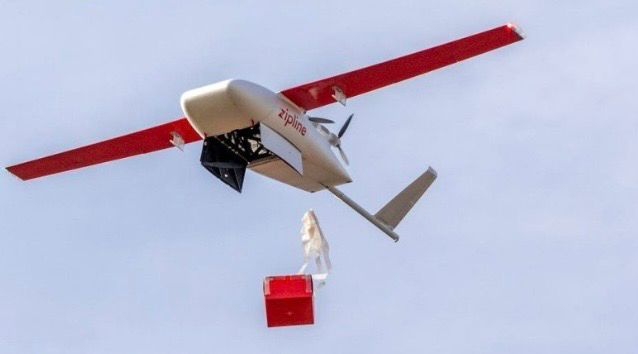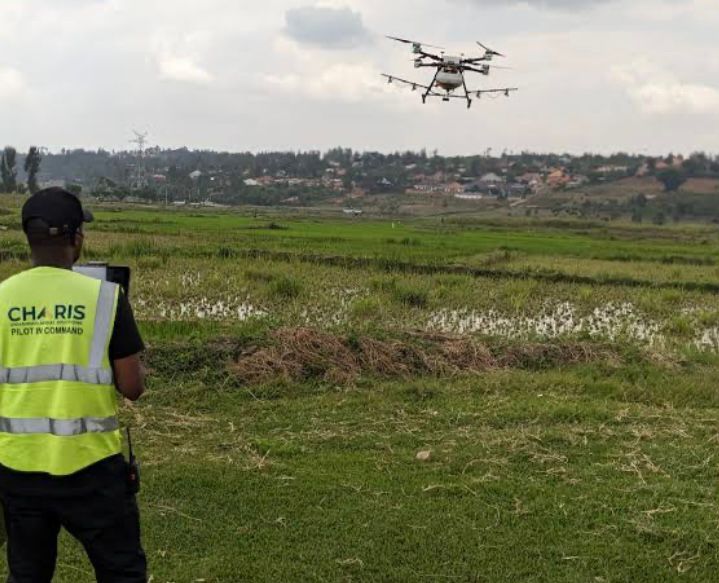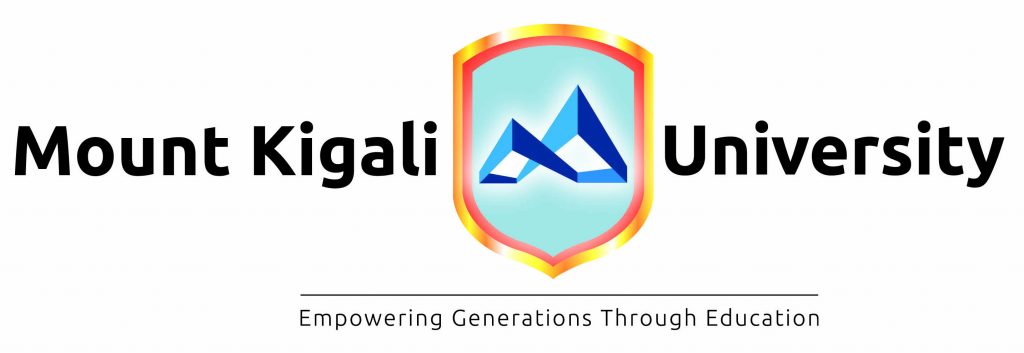In Rwanda’s verdant hills, a quiet revolution is taking flight. Farmers like Jean-Paul Uwimana, who once toiled under the sun, praying for rain and fearing crop diseases, now look to the sky, not for clouds, but for drones. These unmanned aerial vehicles (UAVs) are fundamentally reshaping agriculture and healthcare, positioning Rwanda as a continental leader in drone technology.
A few years earlier, Rwanda embarked on a strategic partnership with drone companies to introduce precision agriculture. Small, nimble drones equipped with multispectral cameras now soar over fields, capturing data invisible to the human eye.
Jean-Paul vividly recalls the first time a drone detected a fungal infection in his maize crop before he even noticed it. “The drone showed me where the sickness was,” he recounts, “and I treated only those plants, saving time and money.”

These agricultural drones do more than just diagnose problems; they deliver targeted solutions. Some carry liquid fertilizer, spraying it with pinpoint accuracy, while others disperse pest control agents only where needed. This precision reduces chemical use by up to 30%, leading to healthier crops and increased yields.
Farmers, for the first time, can predict their harvests months in advance using AI-generated forecasts, significantly enhancing food security. Rwandan startups like Ampere Vision Rwanda are at the forefront, developing AI-powered drones that detect pest-infested crops and spray pesticides with pinpoint accuracy, saving resources for smallholder and mid-sized farmers.
Zipline’s lifesaving deliveries
Beyond agriculture, drones are saving lives in Rwanda’s rugged terrain, where transporting critical medical supplies has long been a challenge. Patients in remote villages often faced dire delays in receiving essential blood or vaccines. This changed with the arrival of Zipline, a California-based drone delivery service that has revolutionized medical logistics.

Dr. Marie Ingabire, a physician in a rural clinic, vividly remembers the first time she ordered blood via drone for an emergency transfusion. “A child needed an emergency transfusion. Before, it would have taken hours. The drone arrived in 15 minutes,” she states. Zipline’s drones, launched from strategically located distribution centers, fly autonomously at speeds of up to 100 km/h, navigating complex topography. They parachute medical supplies, including blood, vaccines, anti-venom, and nutrition products, with near-perfect accuracy.
Since its launch in Rwanda in 2016, Zipline has made over 1 million medical shipments, cutting average delivery times from 4 hours to under 30 minutes. Its impact is statistically significant: Zipline’s operations in Rwanda have led to a 67% reduction in blood product waste and a remarkable 51% reduction in maternal deaths due to postpartum hemorrhaging in served hospitals.
The service has also reduced the likelihood of patients missing vaccination opportunities by 42%. Zipline now delivers to 624 delivery sites across 27 districts, making a delivery every 70 seconds across the country.
Rwanda is slowly becoming a model for drone technology in Africa
By 2025, Rwanda will have firmly established itself as a pioneering model for drone technology adoption in Africa. This success is underpinned by a supportive policy and regulatory framework established by the Rwanda Civil Aviation Authority (RCAA), which issues permits for both recreational and commercial drone use.
While foreign citizens require a Rwandan citizen or entity to register drones on their behalf, the clear regulations foster a conducive environment for innovation. The country has also allocated significant funds, including Rwf 2.3 billion in the 2024/2025 fiscal year, as initial funding for a Drone Operation Centre (DOC) with a total budget of Rwf 13.4 billion, expected to be completed by 2026.
This center aims to accommodate over 3,000 drones and serve as a hub for manufacturing, testing, training, and research.
The buzzing of drones has become a sound of hope, a promise that even in the most remote places, progress can take flight. Farmers like Jean-Paul no longer fear failed harvests, and doctors like Marie no longer lose patients to preventable delays. As the sun sets over the hills, another drone lifts off, carrying not just blood or seeds, but a brighter future for Rwanda.





